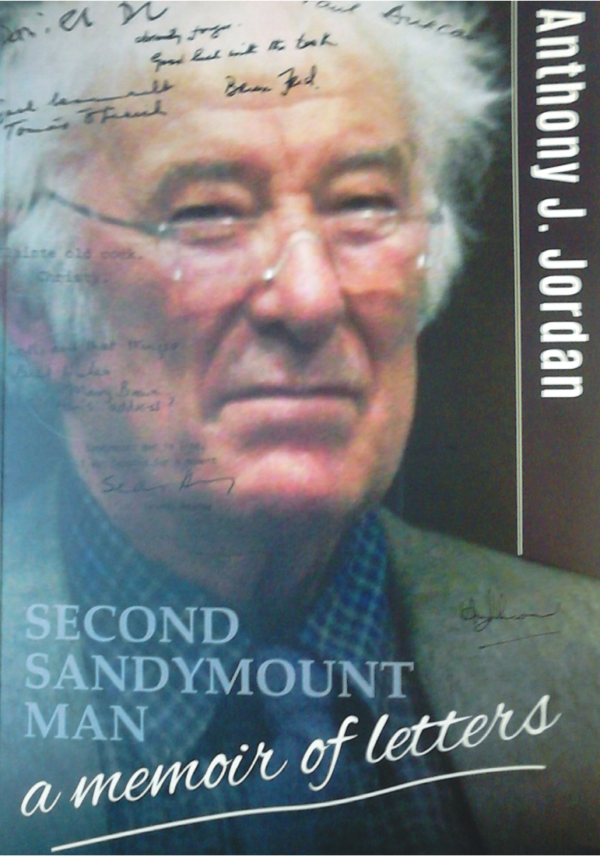
Eoin Meegan
One might be mistaken for thinking Second Sandymount Man was a book on Seamus Heaney owing to the title and cover, in fact the book is a collection of letters and correspondence gathered over the years between the author and various luminaries from the world of literature and politics. These include: Conor Cruise O’Brien, Paul Durcan, Liam Cosgrave. Brian Friel, and Christopher Nolan, the writer not the film director. There are also chapters on Sean MacBride, Winston Churchill and of course Yeats. Also featured is historian Roy Foster, who probably wrote the definitive bio of our national bard.
In fact only one chapter is given over to Heaney, although there is a chapter entirely dedicated to Marie Heaney, his wife. The title came about from a letter Heaney wrote to the author, referring to himself as the ‘second Sandymount man’, the first of course being Yeats who was born on Sandymount Avenue. Heaney adopted Sandymount as his home from the 1970s. Two of his best known poems, ‘A Kite for Michael and Christopher’, and ‘Walking the Strand’, were inspired by its natural raw beauty. Jordan describes Heaney as “completely and graciously approachable, and [one who] wore his fame lightly.”
Perhaps one of the more amusing pieces in the book is the chapter on actor Daniel Day-Lewis. Day-Lewis arrived one day at the school Jordan was principal of to get information on Christy Brown, in preparation to play him in the movie My Left Foot, and Anthony – more a literary man that film buff – didn’t even recognise him. Later however, they became friends and indeed many of the students at the school became extras in the film. Then after he won the Oscar Day-Lewis brought it in to show the students and have photos taken. Jordan, no stranger to the film’s subject, had earlier been involved in organising a memorial day (June 6) for Christy Brown, to whom a chapter in the book is also dedicated, as well as some correspondence with Christy’s wife Mary (Carr) Brown.
The book highlights certain highs and lows in the writer’s life, including the story of the origins of what was to become his novel Tell My Mother I…, reviewed in this paper some time back. There is also a chapter on the sad death of his first child Antonia, as well as the origins of the first Yeats day in Sandymount Green (now an annual event), which was instigated by Jordan, quoting extensively from a report of the event at the time from this very newspaper. An interesting collection of letters and memorabilia from the world of literature and the arts, although probably of interest to the academic or special interest mostly.



